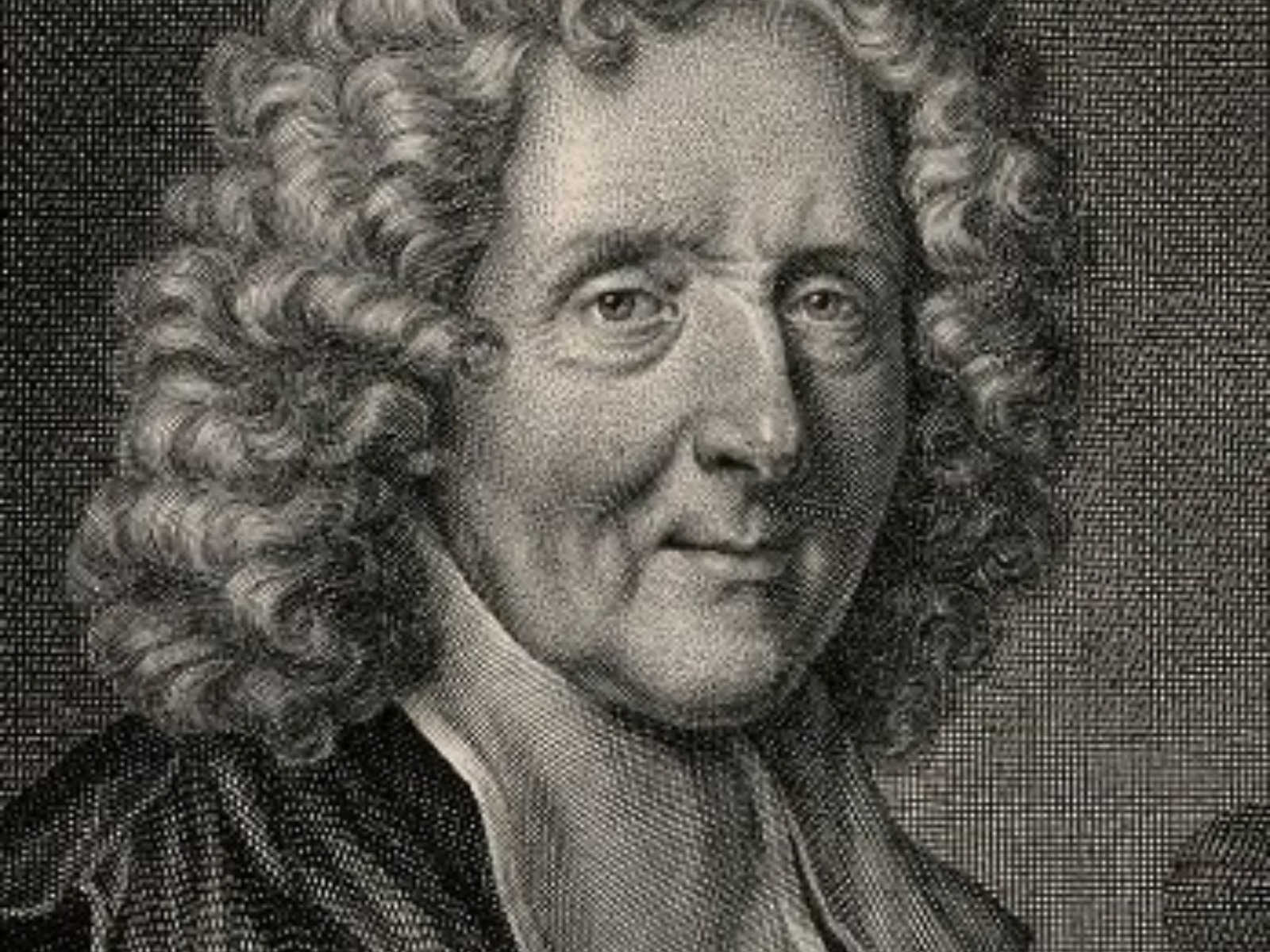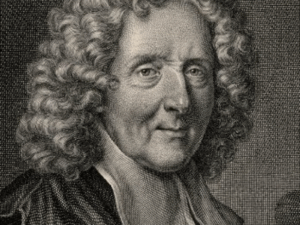Now Reading: Shradhanjali to Étienne Baluze
-
01
Shradhanjali to Étienne Baluze
Shradhanjali to Étienne Baluze

Étienne Baluze: A Scholar of Louis XIV’s France
Introduction:
Stephanus Baluzius, or Étienne Baluze, was a preeminent astronomer in the world of ecclesiastical history, canon law, and manuscript preservation. His entire life stands as the representative of the glorious age of scholarship under Louis XIV—a cautionary tale of controversies and exile.
Early Life & Education
Nascita e infanzia a Tulle
Nato il 24 novembre 1630 a Tulle, una cittadina medievale del Limousin, Baluze venne allevato in una famiglia di giuristi. Frequentò il collegio gesuita locale, noto per i suoi rigorosi insegnamenti in materia classica.
Toulouse
In 1641, at the tender age of fifteen, he enrolled at the Collège de Saint-Martial in Toulouse, with a focus on the arts, canon law, and ecclesiastical history. He took minor orders—a cleric’s tonsure—but never became a priest, opting for scholarly freedom.
First Recognition
At the age of 22, Baluze’s critical work Anti-Frizonius corrected errors in Frizon’s Gallia purpurata, earning him scholarly attention and effectively setting the tone for his later precision and critical rigor.
Career at the Court: Librarian to Colbert
Secretary to Pierre de Marca
In 1654, Baluze became the secretary of the Archbishop of Toulouse, Pierre de Marca, a historical scholar par excellence. When Marca died in 1662, he left all his papers to Baluze, marking a turning point in Baluze’s career.
Joining the Service of Colbert
In 1667, Baluze took service under Jean-Baptiste Colbert, the immensely powerful minister of Louis XIV. For the next thirty years, he set to managing and enriching Colbert’s vast personal library of manuscripts and rare books, which would eventually form the nucleus of the royal collection, Wikisource.
Academic Honors
Baluze was appointed to a career at the Collège de France, as it named him in December 1689 as Professor of Canon Law there and later identified him as its director from 1707 to 1710. These two posts showed how scholarly prestige could be earned by such a body of work.
Major Works & Publications
Capitularia Regum Francorum (1677).
The authoritative and influential two-volume urtext of Frankish royal decrees, which was revised in 1780 by Pierre Chiniac de La Bastide.
Miscellanea (1678-1715).
A multi-volume collection of historical documents, notes, and commentary, which has acquired a high status in later editions, including the Latin revision by Mansi.
Nova Collectio Conciliorum (1683).
This formidable project of collating otherwise unpublished church council documents remained unfinished but proved a landmark in ecclesiastic-critical studies.
Epistolae Innocentii Papae III (1682). Partial edition of the letters of Pope Innocent III. His work remained incomplete but interesting since Baluze could not obtain access to the originals in the Vatican.
Vitae Paparum Avenionensium (1693). The Roman centralism faced a two-volume biography of the popes of Avignon. Revised versions of this book were included in the Catholic Index.
Histoire généalogique de la maison d’Auvergne (1708). Assigned to the Cardinal de Bouillon, this genealogical work belonged to a series of works, later disputed on account of forged documents, which had led to the disgrace of Baluze (see also Section 4).
Historia Tutelensis (1717). Three books tell the history of Tulle, his native land, very nearly at the end of his life, filled with now-lost documents and center stage for his local historians.
The Auvergne Controversy & Exile
The Bouillon Commission
Around 1695, Baluze accepted Cardinal de Bouillon’s request to trace his ancestry to the counts of Auvergne. The cardinal hoped a prestigious lineage would bolster his claim to lands and titles.
The Forgeries
Genealogists—including Jean de Bar—fabricated documents to support the claim. Baluze, Mabillon, and others authenticated them in 1695, unaware of the deception.
Public Backlash & Trial
By 1700, investigators arrested the forgers. In 1704, they were convicted. Yet Baluze stood by the documents and published them in Histoire généalogique… in 1708.
Fall from Favor
In 1707, upon Cardinal Bouillon’s disgrace, Baluze was removed from his Collège de France chair (July 1700) and then exiled to Tours and other cities until 1713. During exile, he continued scholarly work, including writing the Historia Tutelensis
Return to Paris & Final Years
Return from Exile
After the Treaty of Utrecht (1713), Baluze regained permission to return to Paris but did not recover his former positions or pension. From then until his death, he lived quietly and continued scholarly projects

Death and Legacy
Étienne Baluze died in Paris on 28 July 1718 at age 87, still unswayed on the authenticity of the disputed documents. His collection—over 1,100 printed books and ~1,500 manuscripts, charters, and archives—was auctioned. The crown purchased his manuscripts, which became part of the Bibliothèque nationale de
Legacy & Influence
Scholarly Impact
Baluze’s methodical use of primary sources and critical editing influenced later historians like Mabillon and Montfaucon. His editions of medieval papal and conciliar documents remain foundational
Gallican Perspective
A proponent of Gallicanism—the view that the French church had certain rights independent of papal authority—his Vitae Paparum Avenionensium epitomized this stance.
Contested Reputation
Though criticized for the Auvergne affair, many scholars see him more as a dupe than a forger—his passion for heritage overshadowed by court intrigue
Honors & Memorials
A bust of Baluze by sculptor Nacera Kainou was placed in Tulle in October 2006. The Étienne Baluze Prize in European local history was inaugurated in 2007 by the Société des Amis du musée de Tulle, with awards given in 2008, 2010, 2013, and beyond
Summary
The life of Étienne Baluze spans the height and the fall of scholarship under Louis XIV’s France. As an indefatigable editor and collector of ecclesiastical texts, he promoted the major works of canon law, papal studies, and mediaeval councils, but he has stained his reputation by the Auvergne genealogical scandal, based on forged documents; he was, however, expunged from Paris for some time, during which he produced several valuable contributions, among others, his history of Tulle, which he undertook from a certain kind of local pride. His manuscripts are now preserved in the national collections of France, and his methods resound through generations of historical scholarship.






